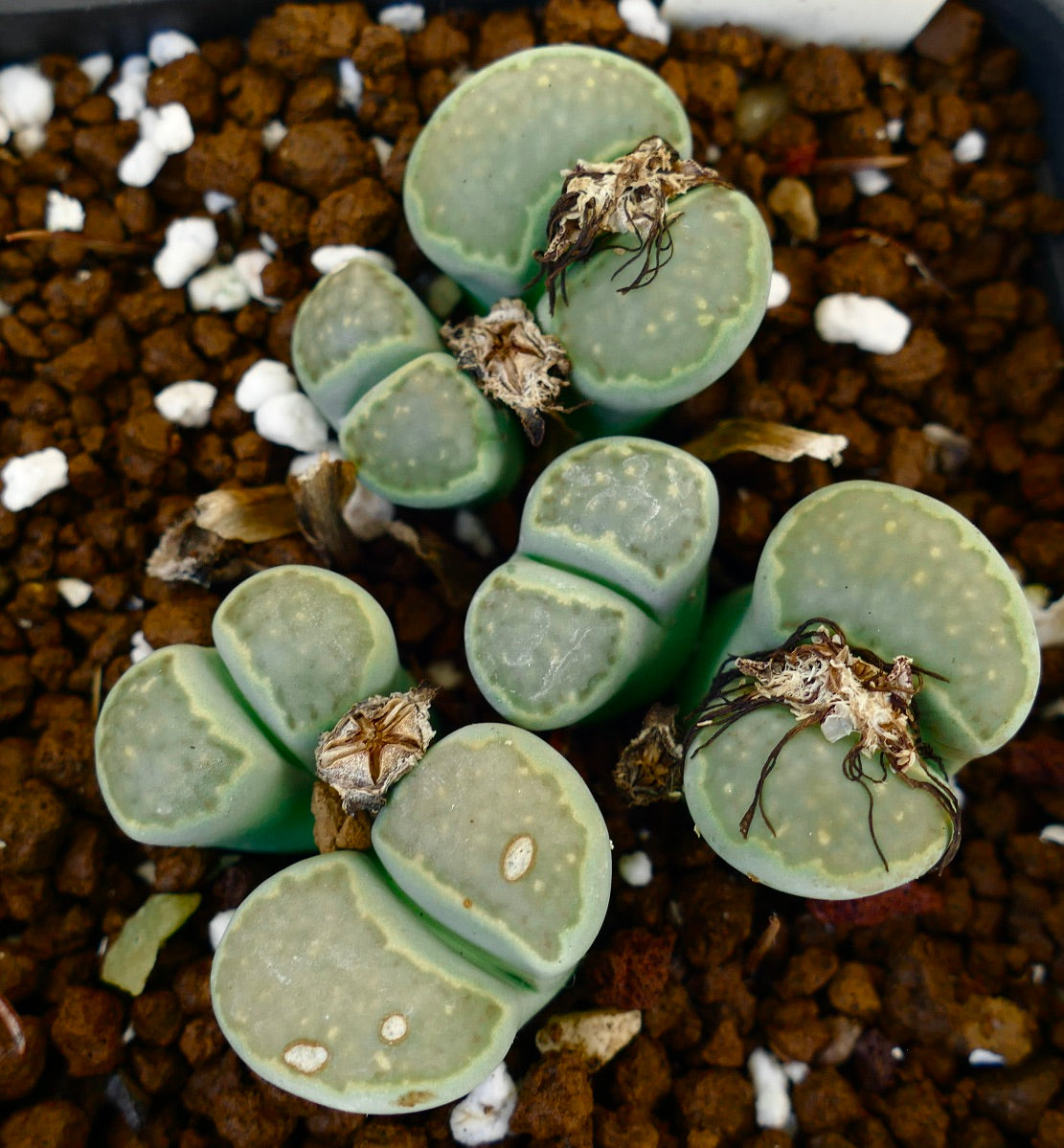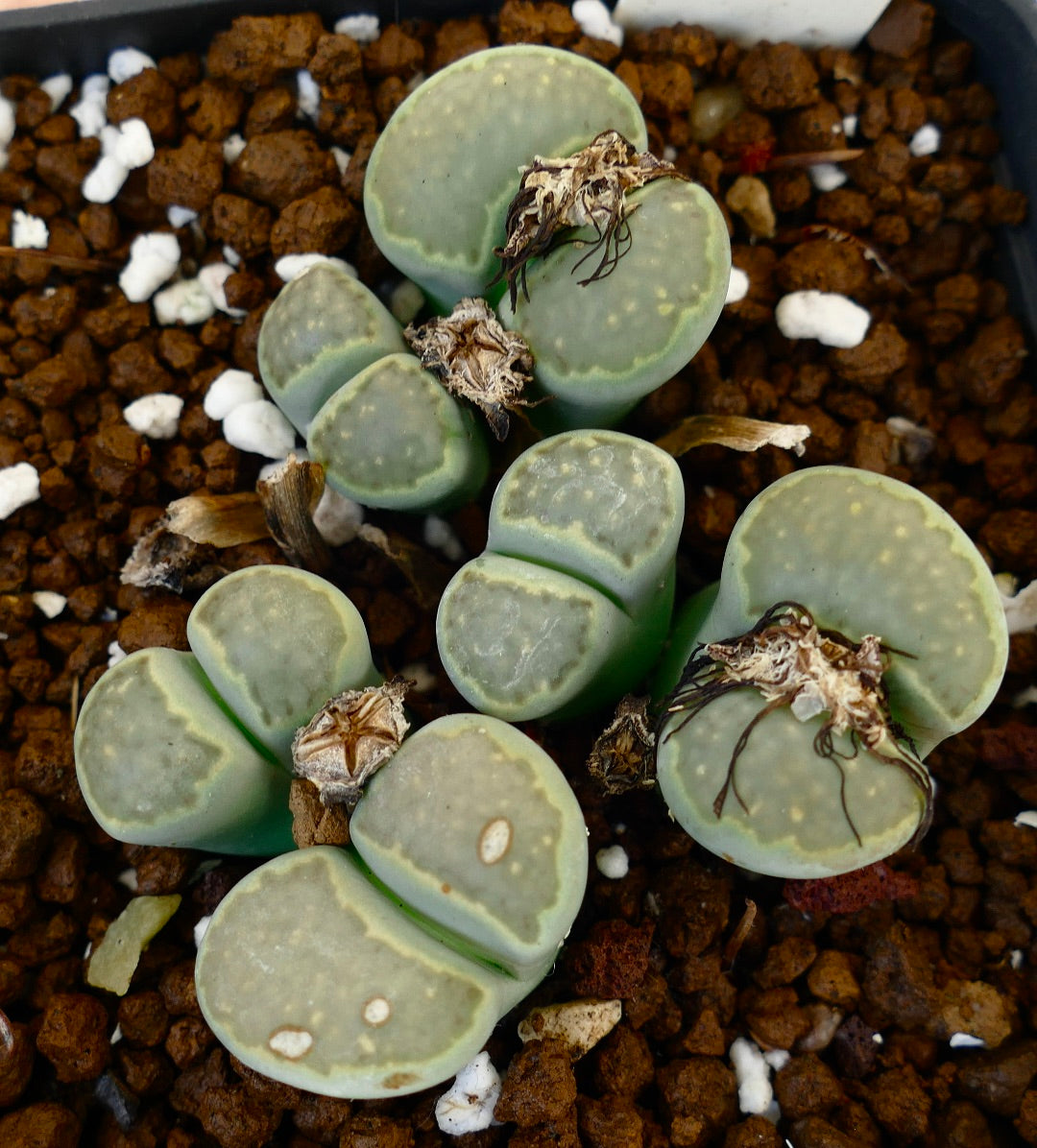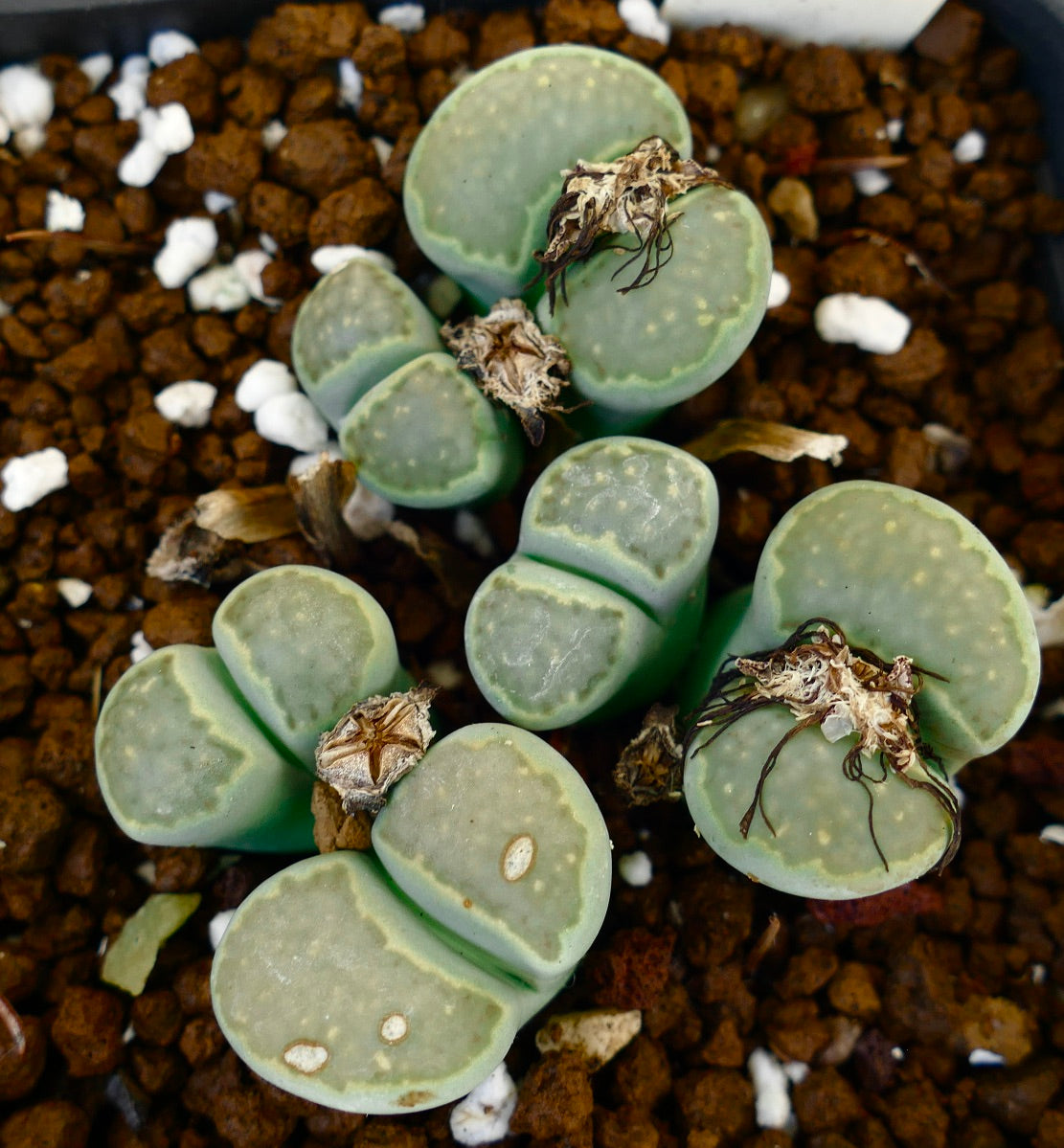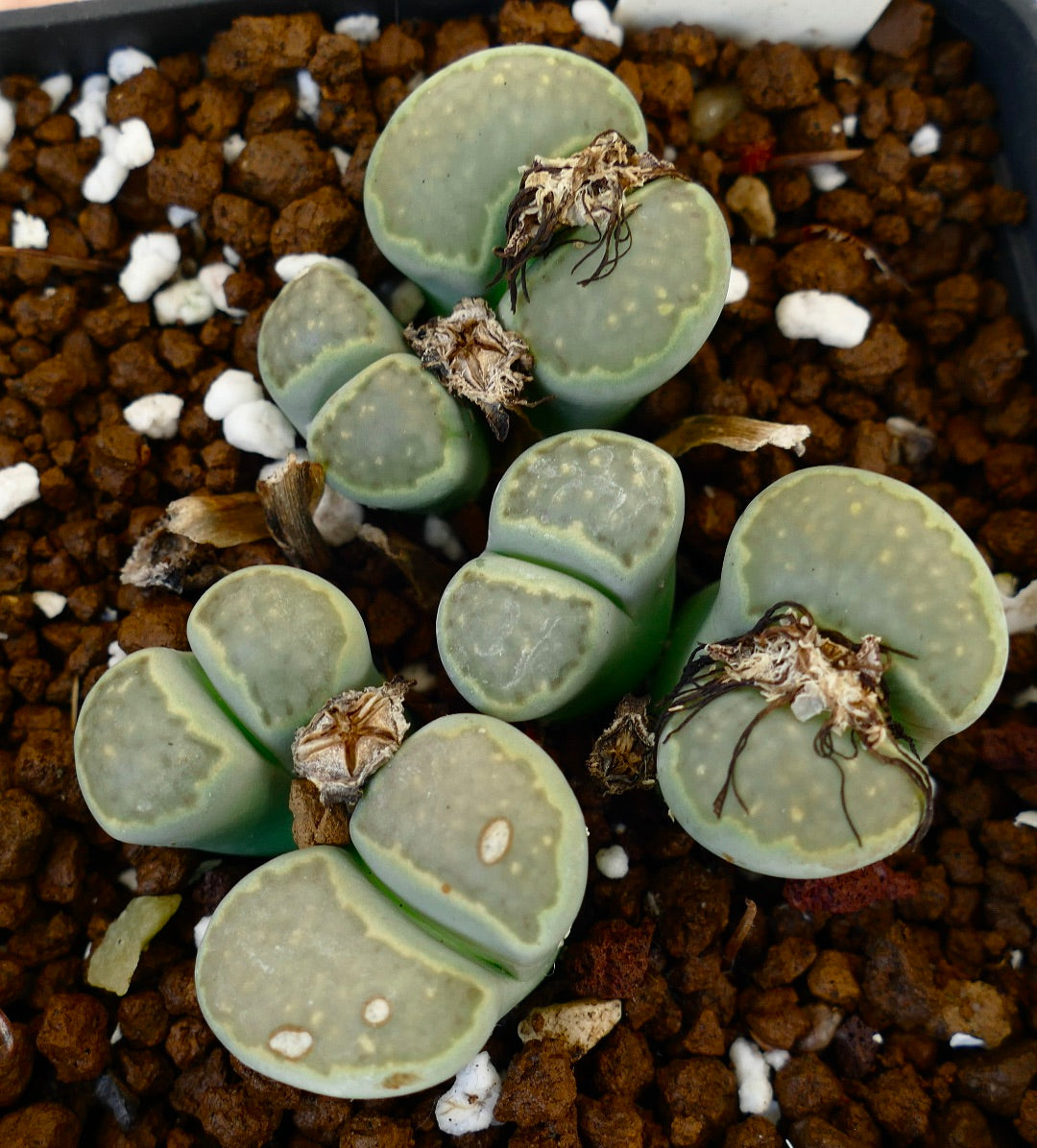- Sigle Speciem
Lithops salicola C351A 'Malachite'
Lithops salicola C351A 'Malachite'
Prezzo di listino
€30,00 EUR
Prezzo di listino
Prezzo scontato
€30,00 EUR
Prezzo unitario
per
Imposte incluse.
Spese di spedizione calcolate al check-out.
Impossibile caricare la disponibilità di ritiro
Product Description
Botanical family: Aizoaceae
Botanical genus: Lithops
Botanical species: Lithops salicola C351A 'Malachite'
Cultivation
Cultivation
Info and Disclaimers
Info and Disclaimers
Plant Height:
Plant Diameter:
Pot Size:
Grafted/Not Grafted:
Picture take on:




